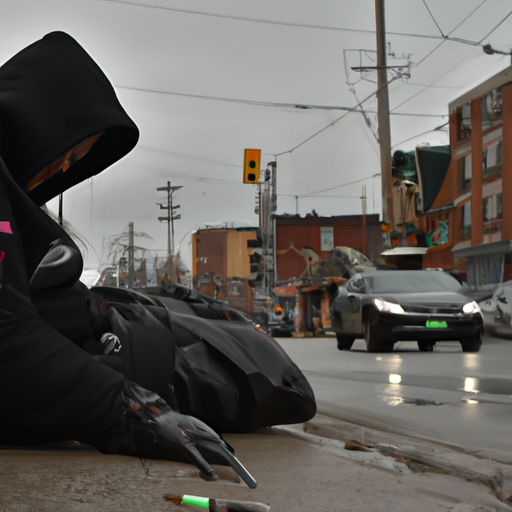Unravelling Canada’s Opioid Crisis: A Closer Look at the Impact and Strategies in Place
In this post, we will delve into recent police reports which clearly illustrate the magnitude of the opioid crisis gripping Canada. Beyond statistics, we will examine the profound real-life implications and discuss the multifaceted efforts currently underway to combat this epidemic.
The Opioid Crisis: More Than Just Statistics
Perhaps the most critical aspect of the opioid crisis is the alarming human cost left in its wake. Every opioid-related death is a person: someone’s child, partner or friend. Each year, thousands of lives are cut short, leaving families and communities devastated. However, it’s not only those who succumb to these drugs that pay the price — our society does too.
Significantly, the opioid crisis has led to a rise in homeless populations, as those affected may lose their jobs or homes as a result of their addiction. As such, the cycle of addiction deepens, creating an ever-increasing demand for social assistance. The impact on homeless populations is twofold: opioid abuse may lead to homelessness, and those who are homeless are more prone to substance misuse, intensifying the scale of the crisis.
Furthermore, the opioid crisis fuels an increase in crime rates as individuals resort to illegal activities to fund their addiction. This intertwining of opioid abuse and crime poses a significant public safety threat, causing considerable strain on our police services and judicial system.
The Response: Proactive Measures and Strategies
Addressing the opioid crisis requires a multifaceted response encompassing prevention, treatment, harm reduction, and law enforcement. The Canadian opioid abatement class action is one example of this comprehensive approach. This nationwide lawsuit aims to hold pharmaceutical companies accountable for their role in the opioid epidemic, demanding compensation which can be funneled back into prevention and treatment initiatives.
Law enforcement agencies are likewise playing a critical role in combating the crisis. Concerted efforts have been made to cut off the supply of opioids, holding those responsible for trafficking these lethal drugs to account. In a recent case, a man from Penetang was among those charged after a significant drug seizure in Kapuskasing.
The development and distribution of naloxone, an emergency medication that can reverse an opioid overdose, is another key part of our strategy. By making naloxone easily accessible, we can effectively equip ordinary citizens with the capabilities to intervene in life-threatening situations.
A Snapshot of Key Points:
- The opioid crisis exacts a devastating human cost through overdose deaths, homelessness, and increased crime rates.
- Multifaceted strategies to combat the crisis include prevention, harm reduction, treatment, and law enforcement.
- The Canadian opioid abatement class action seeks to hold pharmaceutical companies accountable for their role in the crisis.
- Evidence of these strategies in action can be seen in recent drug seizures, such as those in Kapuskasing, and the distribution of naloxone to reverse opioid overdoses.
Closing Thoughts
In conclusion, the opioid crisis is a complex and pressing issue, transcending beyond statistical reports and touching every corner of our society. As civic and community leaders, our obligation is not only to acknowledge the breadth and depth of this crisis but also to champion robust and comprehensive strategies to combat it. From legal action to harm reduction, every tool at our disposal should be utilized. As we join together to face this epidemic, it is imperative to remember the human beings behind the numbers, those whose lived experiences compel us to act.
While the road ahead is long, recent victories, like the significant drug seizures and the increasing accessibility of naloxone, underline the progress being made. Together, our collective efforts can convert the tide of the opioid crisis, creating a safer, healthier Canada for all.
